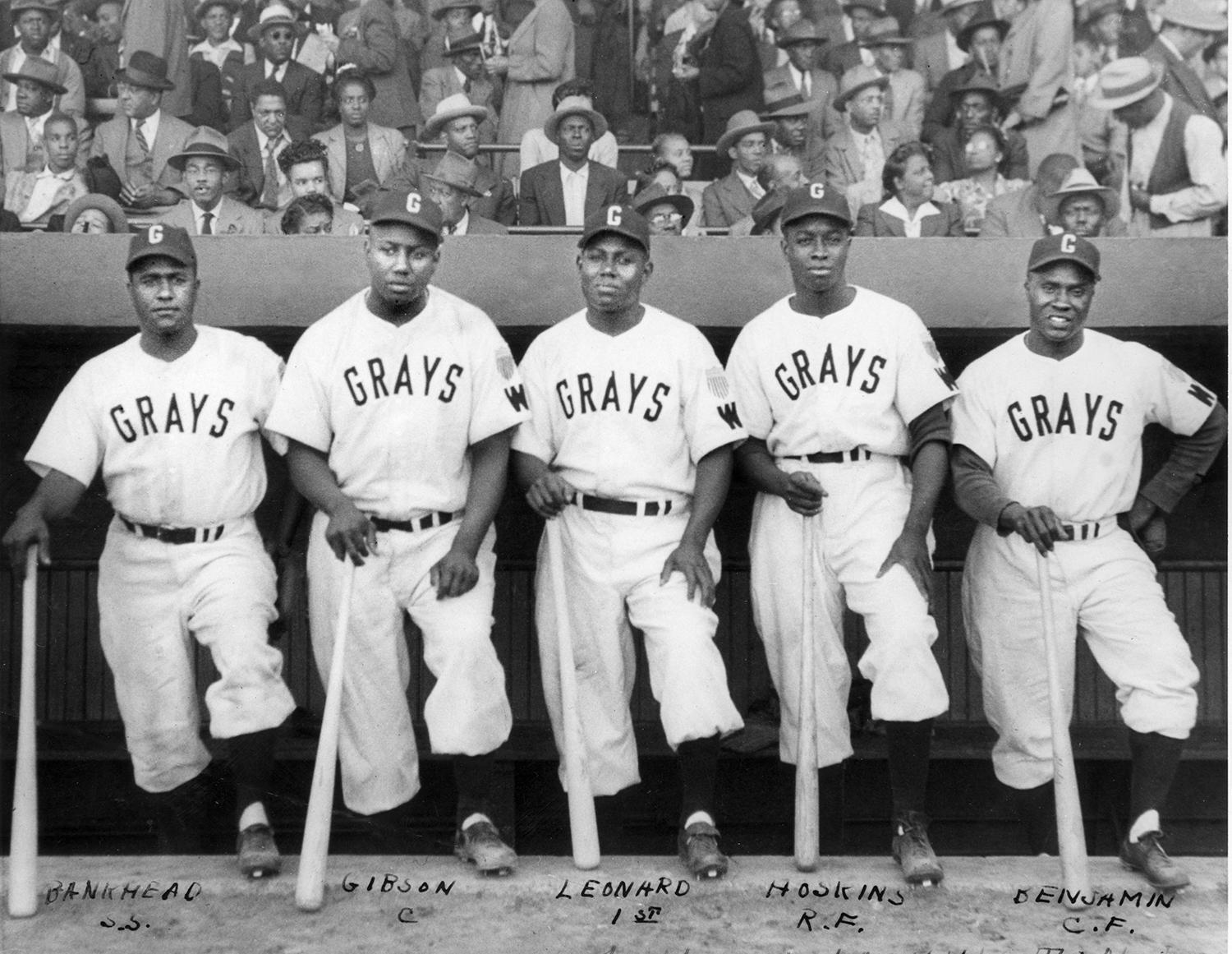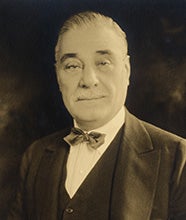- Home
- Our Stories
- Negro Leagues photos now available online through PASTIME
Negro Leagues photos now available online through PASTIME
In retrospect, the image is a powerful one. Taken almost eight decades ago, it shows a trio of ballplayers standing near home plate, the camera’s angle also capturing the left-field portion of a cavernous Yankee Stadium. But instead of the hometown Yankees in action, the picture shows only African-American ballplayers at a time when they weren’t playing in the major leagues.
In the second game of a four-team Negro National League doubleheader on Aug. 13, 1939, this shot in time shows Homestead Grays slugging first baseman Buck Leonard scoring as the result of a three-run, eighth-inning home run, helping his team to a 10-5 win over the New York Black Yankees.
Hall of Fame Membership
There is no simpler, and more essential, way to demonstrate your support than to sign on as a Museum Member.
Second baseman Sam Bankhead (No. 7), who scored on the homer, and the next batter, catcher Josh Gibson, are shown congratulating Leonard at home. Seen in the background is Black Yankees third baseman Walter Cannady, while umpire Pops Turner can be seen near third base.
This is one of 237 Negro League photographs recently made available in PASTIME, the National Baseball Hall of Fame and Museum’s digital collection accessible at collection.baseballhall.org.
While Yankee Stadium’s home team would capture their fifth consecutive World Series crown in the fall of 1939, earlier that summer, on June 2, 1939, the Yankees’ franchise announced the creation of the Jacob Ruppert Memorial Cup tournament. It featured five doubleheaders, each twinbill played at the “House That Ruth Built” with four NNL teams, spread throughout the summer.
A group of Homestead Grays player pose together in 1946. From left to right: Sam Bankhead, Josh Gibson, Buck Leonard, Dave Hoskins and Jerry Benjamin. Historic images like this one are now a part of the Museum’s PASTIME online collection. (National Baseball Hall of Fame and Museum)
Ruppert was the owner of the Yankees when he died in January 1939.
According to Yankees President Ed Barrow, the trophy, valued at $500, signaled a new era of cooperation between the major leagues and the NNL.
“Negro baseball can build its own structure right alongside the majors,” Barrow said. “Given sufficient opportunity to show their ability the colored stars will undoubtedly attract thousands of fans and supporters who will help them in their fight to reach the pinnacle of organized baseball.”
The hope at the time was that visitors to the 1939 New York World’s Fair would also take in some of these doubleheader games.
The Aug. 13 doubleheader was the fourth of the five such unique Sunday afternoon events at Yankee Stadium. While Negro Leagues teams playing at Yankee Stadium dates back to 1930, this formalized 1939 tourney was special. On this particular day, with a reported 15,000 spectators in the stands, the first game saw the Baltimore Elite Giants, featuring Roy Campanella, defeat the Cuban Stars, 11-1. The second game, the Grays’ 10-5 win, wasn’t settled until Leonard’s homer.
From left to right: Josh Gibson, Sam Bankhead and Buck Leonard gather around home plate at Yankee Stadium in 1939. PASTIME (National Baseball Hall of Fame and Museum)
Foreshadowing baseball’s eventual racial evolution, the Daily Worker, a New York City newspaper published by the American Communist Party, wrote the next day as part of its game coverage: “More than 1,000 fans signed the Young Communist League petitions calling for an end to baseball Jim Crow.”
The day before the doubleheader, the Daily Worker promoted the games by writing, “You fans who haven’t seen these great stars in action should be at the Stadium tomorrow and be prepared to compare them with the major leaguers. You’ll be more than agreeably surprised.”
Earlier that summer, the Pittsburgh Courier, a leading black newspaper at the time, editorialized on the prowess of Grays stars Leonard and Gibson, who would eventually have their own bronze plaques in Cooperstown.
“If and when the major leagues open their doors to Negro ballplayers, there are two young men going about the country these days who will, in all probability, lead the sepia parade into the big league fold.
“Anywhere that Negro baseball is played the names of Gibson and Leonard are household words. From coast-to-coast, they have left their fence-bustin’ marks for other potential sluggers to shoot at, as well as battered the hometown mound idol from his local perch day in and day out for the past eight years.”
The National Pastime eventually became an early example that would pave the way for the integration of America when eight years later, in 1947, Jackie Robinson integrated the game forever.
Bill Francis is a Library Associate at the National Baseball Hall of Fame and Museum
Related Stories

Negro Leagues History Digitized in Museum’s Latest Additions to PASTIME
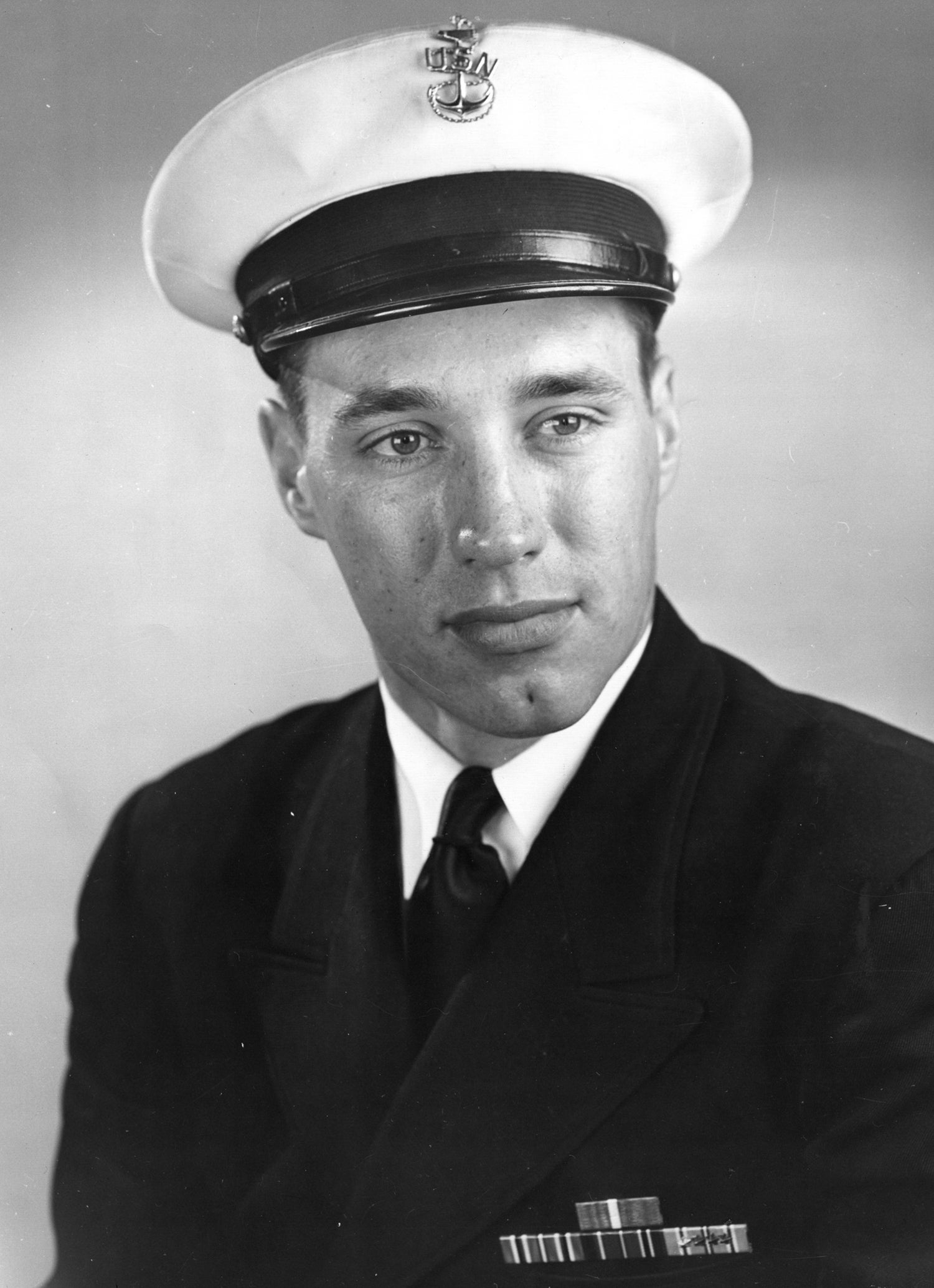
#GoingDeep: Reflections on World War II
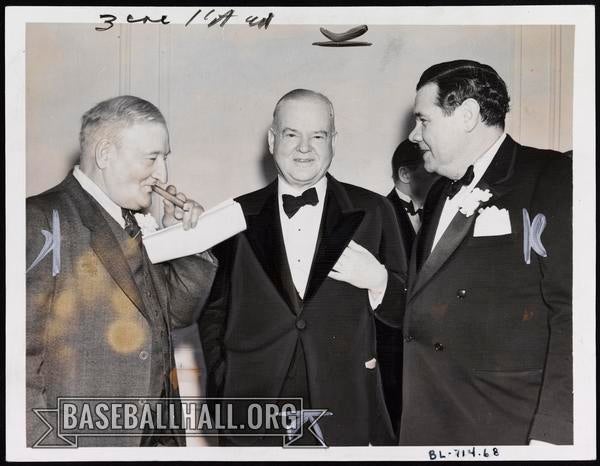
Historic Photos, Documents of Inaugural Class of 1936 Featured in Museum’s Latest Additions to PASTIME
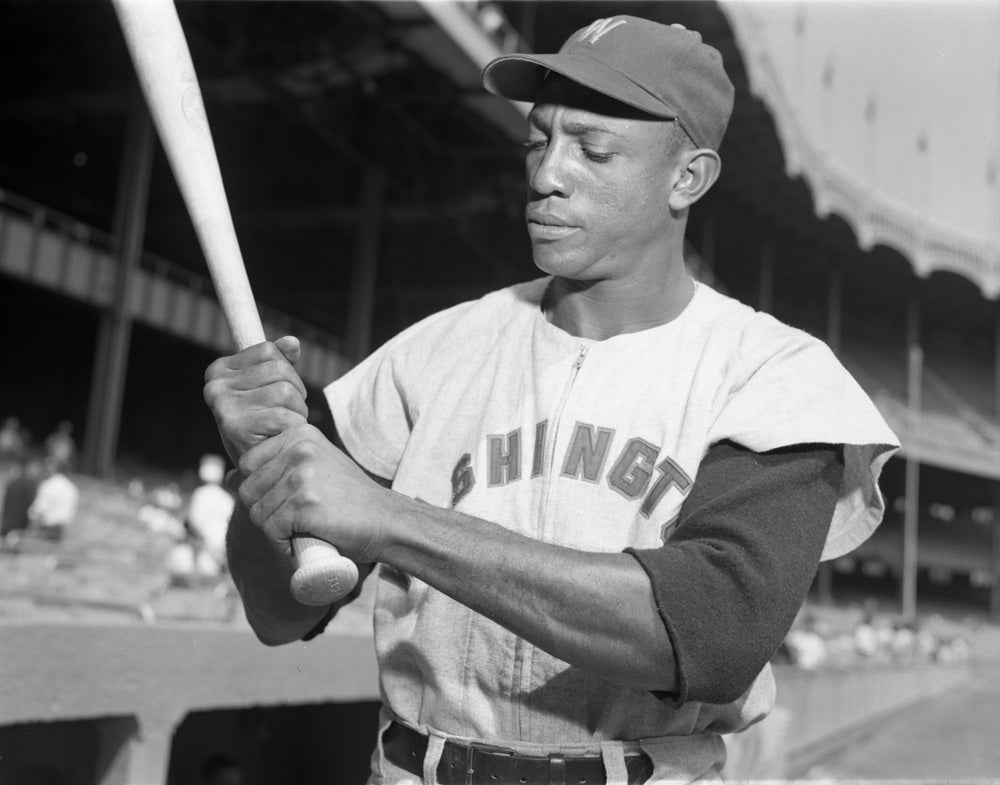
#GoingDeep: Carlos Paula, the man who integrated the Washington Senators

Negro Leagues History Digitized in Museum’s Latest Additions to PASTIME

#GoingDeep: Reflections on World War II

Historic Photos, Documents of Inaugural Class of 1936 Featured in Museum’s Latest Additions to PASTIME


